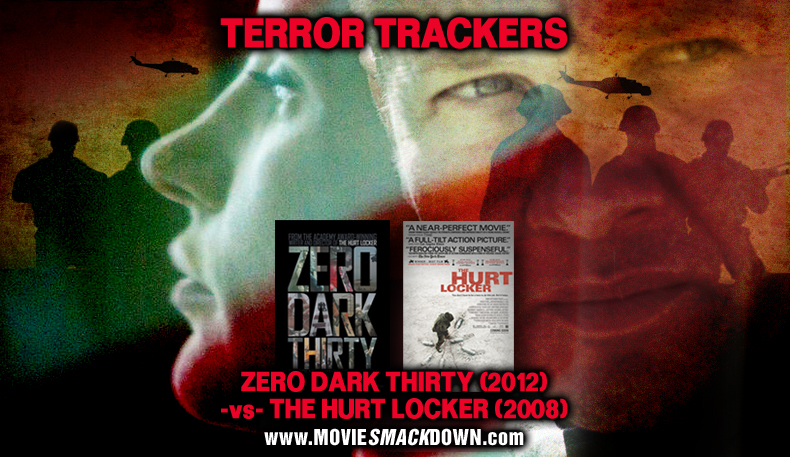
The Smackdown
Not quite satisfied with making history as the first female Oscar winner for Best Director with The Hurt Locker (2008), Kathryn Bigelow, working again with screenwriter Mark Boal, is back with Zero Dark Thirty, another topical and suspenseful Middle East adventure that’s a nominee and serious contender for most of this year’s top Oscars. The new film expands far beyond the modest scope of its predecessor, taking on one of the biggest stories of recent years, the decade-long, multi-country search for 9/11 mastermind Osama bin Laden and how it eventually found closure, a mere 19 months ago (maybe you heard about that part).
ZD30 has already collected some prestigious year-end accolades as well as its share of controversy, largely with regard to its portrayal of, and attitude toward, detainee torture (sorry, “enhanced interrogation”), so it’s definitely the water-cooler movie of the season, but is it worth the hype? Has lightning struck twice, or is the new Bigelow-Boal collaboration merely coasting on the good will of its predecessor? And what the hell is a “hurt locker” or a “zero dark thirty,” anyway?
We here at Smackdown can’t promise all the answers, but we can provide you with the violent, stomach-churning spectacle of turning these two bad-ass movies on each other for your bloodthirsty reading pleasure. Have at it!
The Challenger
In 2003, Maya (Jessica Chastain), a raven-haired, young CIA agent, arrives at a black-ops house in Pakistan as the newest member of a special OBL-hunting team. She’s just in time to witness burly colleague Dan (Jason Clarke) casually open a can of extreme, torturous, whoop-ass on a terrified prisoner named Ammar (Reda Kateb), an al-Qaeda operative. From there, we continue following Maya through the rest of the decade, her sights eventually landing on an elusive man who just may be bin Laden’s main courier. Maya’s dogged search over the next eight years turns out to be a seemingly endless series of interviews, pitch meetings and arguments with superiors (played by an outstanding array of characters including Kyle Chandler, Mark Strong and James Gandolfini), and long nights of tracking cell phone calls, studying transcripts and comparing photographs.
Eventually, all indications point to a suspiciously fortress-like compound in Abbottabad. Maya has to convince the Obama administration to take the gamble of sending a SEAL team on a surprise night-time raid, and… well, I dare not spoil it.
The Defending Champion
It’s a tough job, but somebody’s gotta do it, and by “tough job,” I mean finding and defusing IED’s (improvised explosive devices) in war-torn Iraq, and by “somebody,” I mean insanely courageous, heroic dudes who are not me. We meet Bravo Company a three-man EOD (explosive ordnance disposal) team, during the tragic final mission of its lead member Thompson (Guy Pearce, one of several welcome cameos).
He’s soon replaced by the quirky, frequently reckless but clearly expert Sgt. James (Jeremy Renner, in a star-making, Oscar-nominated turn). James’ main antagonist is his second-in-command, Sanborn (Anthony Mackie), a far more level-headed and by-the-book soldier, who wholly disapproves of James’ flagrantly irresponsible derring-do. The third team member, Eldridge (Brian Geraghty) is too busy grappling with his own fears and worries to take sides.
Eschewing a conventional narrative for a more episodic structure, the film is essentially a series of ticking-bomb scenarios, each directed by Bigelow for maximum heart-stopping effect. This modest indie film wound up triumphing at the 2009 Oscars, beating out even the likes of James Cameron and his bloated box office champ Avatar for Best Director and Picture, especially sweet victories for Bigelow, given that Cameron is her ex-husband.
The Scorecard
For starters, both these films prove, if nothing else, that Kathryn Bigelow is one hell of a director of action and suspense. This isn’t news to those who have been following her career since the grueling, criminally underrated vampire flick Near Dark (1987) or even her delirious, bank-robbing-surfer cult classic Point Break (1991), but it’s gratifying to see such talent finally get the broad recognition it deserves. Both films are powerful, exhaustingly tense and harrowing experiences that clearly appreciate the expertise of these soldiers without celebrating it, which is to say that the action sequences are riveting, but not in a “fun” way. There’s nothing rousing about them, no background score to cue us when to cheer, no cheesy one-liners, no slo-mo blood-letting, no triumphant close-ups of dead bad guys. We are simply watching incredibly courageous people do their job, and thanks to Bigelow’s skill, we feel like we’re standing right alongside them as they do it.
Both films are indeed so well made that we largely forgive the shortcomings of their scripts. Boal is a former journalist who clearly does extensive research on his subjects; Hurt Locker is based on his experiences being embedded with an EOD squad in Iraq, and Zero Dark Thirty is culled from extensive interviews with the soldiers, agents and administrators who were involved with or approved of the mission. Regardless of how accurate they are (Hurt Locker in particular has been repeatedly criticized by real-life soldiers as, shall we say, a fanciful portrait), they both feel real.
In fact, in both cases, one is left almost wishing they didn’t feel quite so real, or at least that Boal’s strengths as a reporter had been combined with the strengths of a dramatist who could have fleshed out the characters and smoothed out the narrative arcs. Hurt Locker mainly suffers from a lack of a full-fledged story. Each ticking-bomb episode works beautifully on its own, but the sequences don’t build on each other or toward anything, and the scenes between them are superfluous (think of it as watching bomb-defusing porn). James and Sanborn drunkenly scuffle, Eldridge meets with a chaplain, James befriends a local boy, etc. They’re not bad scenes, but they feel like filler, like they’re just marking time until the next explosive adventure. This may have been Boal’s and Bigelow’s point –- that for the men (and perhaps occasional women) who are tasked with such life-threatening duty, nothing else can offer much in the way of meaning –- but dramatically, that’s not such a good thing.
Zero Dark Thirty, on the other hand, has the advantage of a singular goal and spectacular set-piece that it’s working toward, and its shortcomings are mainly ones of character. Where Hurt Locker has the fascinating James, an infuriating protagonist whom Renner somehow manages to make likable in spite of his galling arrogance and foolhardy machismo, ZD30 has Maya, an utter cipher who is given almost no back story and no personality traits beyond her obsessive, relentless determination to find her quarry. It doesn’t help that Chastain’s high, strident voice doesn’t quite jibe with the character’s profession. Fortunately, she’s supported by a large, uniformly excellent cast, with the glowering Strong and world-weary Clarke making the strongest impressions.
So the scripts of both films are lacking in some areas, but not to a debilitating degree, thanks to the tremendous skill of Bigelow and her crew. Hurt Locker (a term with multiple meanings) works as a series of gripping suspense scenarios worthy of Hitchcock, and Zero Dark Thirty (its meaning is unexplained in the film, but here you go) is essentially a solid police procedural with a couple of stunning jolts and a bravura climatic sequence.
What may frustrate some viewers is the refusal of both movies to take a clear stance on their respective subjects. Hurt Locker is neither pro-war nor anti-war, and ZD30, while certainly not supportive of torture, doesn’t exactly condemn it either (and in fact, ultimately seems rather ambivalent toward the entire mission). These are apolitical films that simply present their events with an objective eye, and let the viewers react as they may. If you’re looking for movies that confirm or challenge your views on these topics, Bigelow and Boal are not the filmmakers for you.
The Decision
Hurt Locker has more suspenseful sequences and stronger characters, and that amazing Jeremy Renner performance. Zero Dark Thirty is the bigger, far more ambitious and sprawling film. Whether Bigelow will repeat her Oscar success with it remains to be seen, but either way, her preeminence in the field is now beyond all argument (Bret Easton Ellis’ idiotic remarks notwithstanding). I wouldn’t hesitate to recommend either film as a master class in directing suspense or action, but the edge goes to Zero Dark Thirty, simply by virtue of its having so much more of a story to tell, and such a vital one at that.


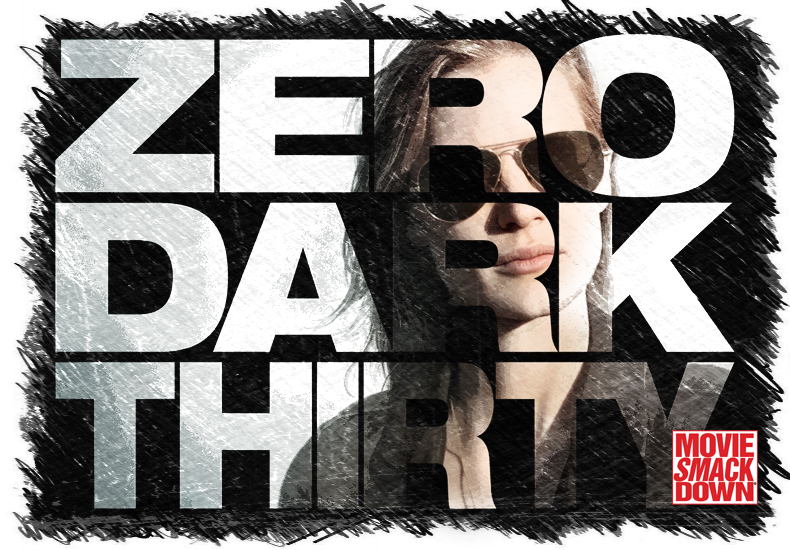
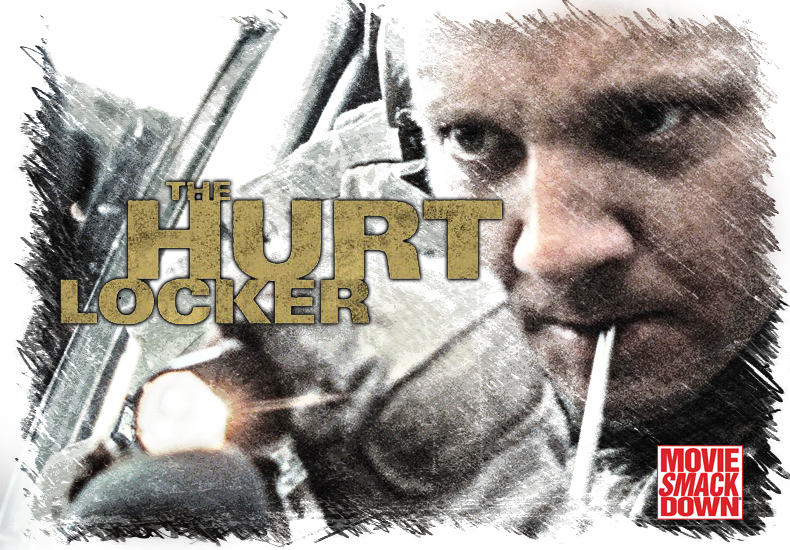



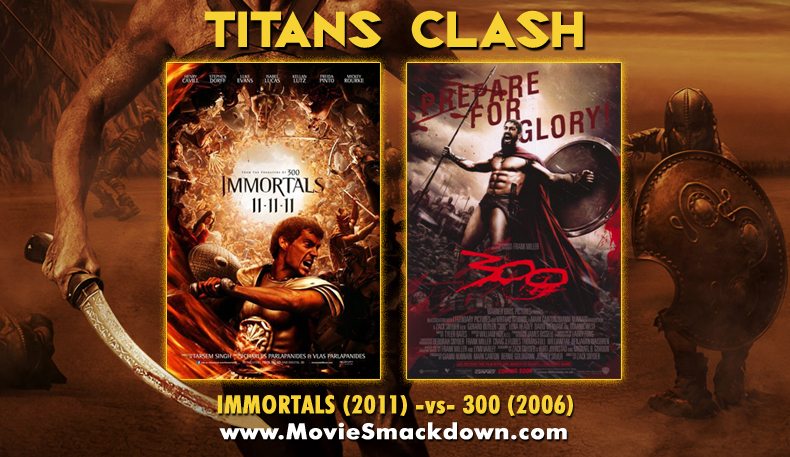
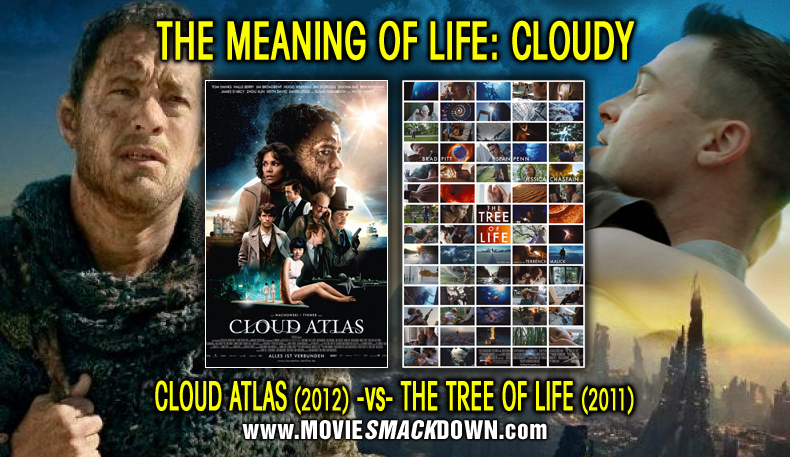
I just re-read this piece and love it even more than I did when I (lightly) edited it. You really nailed both films, and particularly in relation to each other. This is what a Smackdown should be.
That said, I take issue with your verdict. Where, to you, the newer film’s stronger story trumps the idle randomness of its predecessor, I prefer having at least one character I can understand and relate to, and sadly, Zero Dark Thirty doesn’t give me that. Both films are journalistic triumphs, shedding valuable light on the missions they portray, even if the details are slightly fictionalized. But I’ll take Renner’s adrenaline junkie over Chastain’s mysterious, driven cipher any time. The scene near the end of Hurt Locker where he wanders, unmoored, through American civilization is conclusive enough for me.
Bravo Arthur, this is one of the best smacks I’ve read so far. I went into ZD30 after reading “No Easy Day” (“Mark Owen’s” account), and I wondered how much info Boal took from that book, if he did so. Loved the Bret Easton Ellis reference, and “bomb-diffusing porn.” Both films were superb. Bigelow always delivers. The distance, ambivalence, the objective eye — this is why I’m drawn to Michael Haneke’s work, as well.
Eric, I agree. Character-driven “The Hurt Locker” was a better film. Renner and Anthony Mackie’s performances propelled it, even though the narrative wandered and didn’t have ZD30’s sonic boom conclusion. Some of the scenes in “The Hurt Locker” stand alone and are burned into my brain; ZD30 had none of that. And that’s where it lost me, even though I enjoyed the ride. ZD30’s departing shot was somewhat contrived — something I wouldn’t expect from Bigelow — and I think it had to do with my not relating to the protagonist. Jessica Chastain was good, but I wasn’t crying with her at the end. I sobbed for “The Hurt Locker’s” characters – enmeshed and absorbed
The water-cooler movie of the year? I thought it was the water-boarding movie of the year!